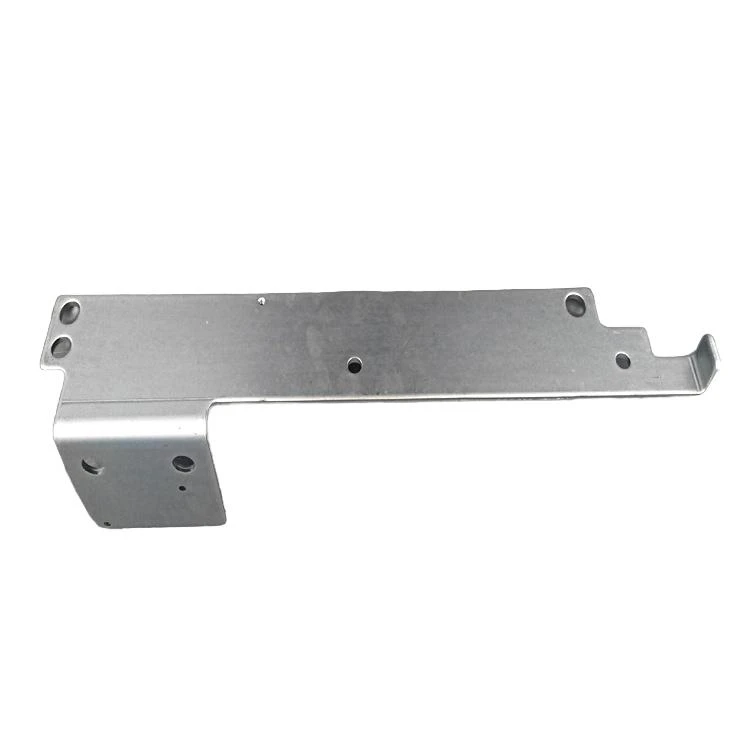Exploring Innovative Techniques in Metal Castings for Modern Manufacturing Solutions
The Art and Science of Castings A Comprehensive Overview
Casting is a manufacturing process that involves pouring liquid material into a mold to solidify and form objects. This ancient technique has been practiced for centuries and plays a vital role in various industries, from automotive to aerospace, and jewelry to construction. In this article, we delve into the principles of casting, its applications, types, and innovations shaping its future.
The Casting Process
At its core, casting consists of several key stages
1. Mold Creation This involves designing and fabricating molds, which can be made from various materials, including sand, metal, or ceramic. The choice of material typically depends on the casting method and the desired properties of the final product.
2. Pouring Once the mold is ready, the liquid material—in most cases, molten metal—is poured into it. Precision is crucial during this stage to ensure that the material fills the mold uniformly and avoids defects.
3. Solidification After pouring, the molten material cools and solidifies. This process involves complex thermal dynamics, as the rate of cooling can affect the crystal structure of the material and, consequently, its mechanical properties.
4. Mold Removal Once the material has solidified, the mold is removed. This step may involve mechanical shaking, heating, or even chemical processes, depending on the type of mold used.
5. Finishing The final stage typically involves cleaning, machining, or surface finishing to achieve the desired tolerances and surface qualities.
Types of Casting
There are numerous casting methods, each tailored to specific applications and materials
- Sand Casting This is one of the oldest and most common types, where sand is used to create molds. It is cost-effective and suitable for large parts but may lack precision for smaller components.
- Die Casting In this process, molten metal is injected into a steel mold under high pressure. Die casting is known for producing high-dimensional accuracy and excellent surface finishes, making it ideal for mass production of small to medium-sized components.
- Investment Casting Also known as lost-wax casting, this technique involves creating a wax pattern and coating it with a ceramic material. Once solidified, the wax is melted away, leaving a detailed mold for high-quality parts, especially in aerospace and medical applications.
castings

- Continuous Casting This method involves the continuous pouring of molten metal into a mold to create long lengths of material, often seen in the production of steel.
Applications of Casting
The versatility of casting methods allows their application across various industries
- Automotive Industry Components such as engine blocks, transmission housings, and suspension parts are often manufactured using casting methods due to their strength and durability.
- Aerospace Sector Lightweight and intricate components for aircraft engines are often produced through investment casting, ensuring high performance and reliability.
- Jewelry Making The precision offered by casting techniques allows jewelers to create highly detailed and intricate designs that are difficult to achieve through other methods.
- Construction Castings are used to produce structural components, architectural features, and decorative elements in buildings.
Innovations in Casting
Recent advancements in technology are revolutionizing the casting industry. For instance
- 3D Printing This technology is increasingly being integrated into the casting process, allowing for rapid prototyping of molds and complex geometries that were previously difficult to achieve.
- Computer Simulation Modern simulation software allows engineers to model the casting process, predict potential defects, and optimize designs before physical production, reducing waste and improving efficiency.
- Sustainability Practices As industries move towards environmentally friendly practices, companies are innovating in using recycled materials and developing methods that reduce energy consumption during casting.
Conclusion
Casting remains an integral part of modern manufacturing, providing solutions for a wide array of industries. As technology evolves, the casting process becomes more efficient, sustainable, and capable of producing higher-quality products than ever before. Whether it’s the creation of a delicate jewelry piece or a robust engine component, the art and science of casting continue to shape our world in significant ways. As we look to the future, the integration of digital technologies and sustainable practices will be pivotal in fostering innovations that drive the casting industry forward.
-
Crawler Drilling Rig - Baoding Hairun|Confined Space Drilling&Mine SafetyNewsAug.15,2025
-
Drill For Confined Spaces-Crawler Mounted Drill Rig | Crawler Drill Rig for SaleNewsAug.15,2025
-
Premium OEM Auto Parts & Stamping - Reliable ManufacturersNewsAug.15,2025
-
Crawler Drilling Rig for Confined Spaces-Baoding Hairun MachineryNewsAug.15,2025
-
Drill For Confined Spaces - Baoding Hairun Machinery And Equipment Trading Co., Ltd.NewsAug.15,2025
-
Advanced Crawler Drilling Rig - Baoding Hairun Machinery | Underground Mining SolutionsNewsAug.14,2025















